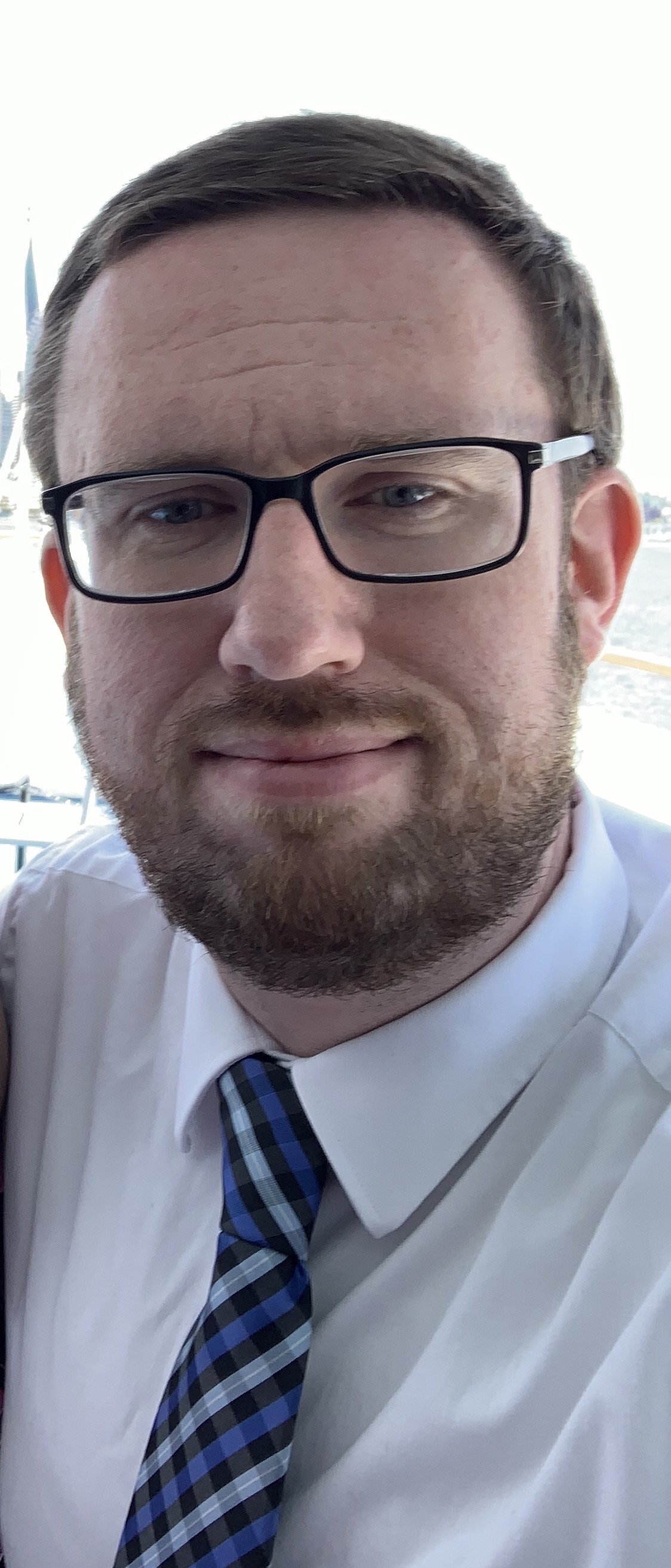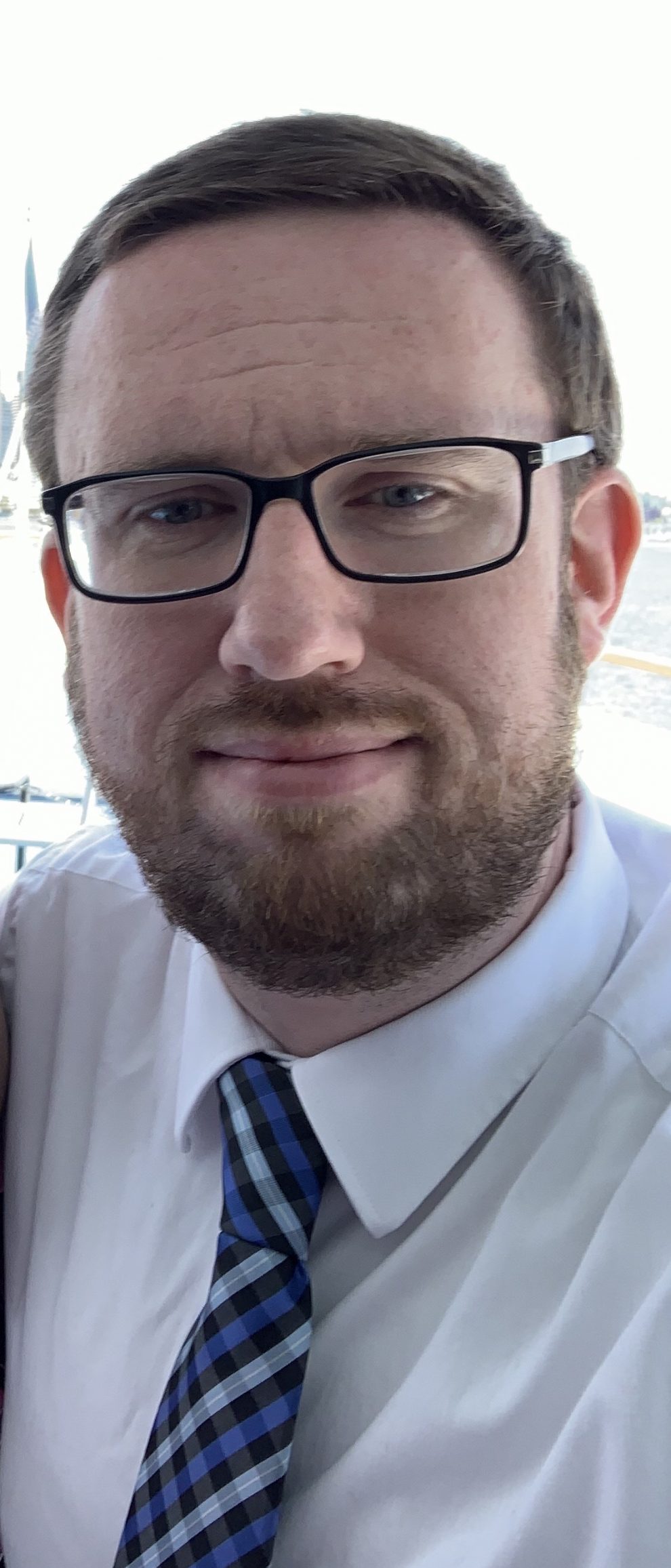Over the past several months, politicians and pundits have debated the merits of mass student-debt cancellation. Jeffrey Morgan is one of the few to know first-hand what it’s like to have the government forgive your student debt.
Earlier this year, the 39-year-old attorney for Massachusetts’ Department of Mental Health had $38,381.32 in federal student loans discharged through the Public Service Loan Forgiveness Program, an initiative which allows borrowers who work for the government and certain nonprofits to have their federal student loans wiped away after 10 years of payments.
‘It’s allowing me to pay rent and keep paying my private loans and not run out of money and not default on anything. That’s significant.’
Having his debt discharged through the program required a combination of vigilance, attention to detail and patience — whether you’re looking at the traditional PSLF program or a temporary expansion to it that Morgan used, initial rejection rates are above 95%.
But even though Morgan made it successfully through the process, his money woes haven’t disappeared. “It’s allowing me to pay rent and keep paying my private loans and not run out of money and not default on anything,” Morgan said of the forgiveness. “That’s significant.”
Here’s how Morgan acquired the debt, paid it down, qualified for forgiveness and how the experience has affected his life.
Bulk of the debt came from law school
Though Morgan took on some debt to attend college, the bulk of his student loans came from law school. For his undergraduate career, he received a generous scholarship from Harvard University, where he went to school, a work-study job and help from his parents in the form of taking on debt themselves.
By the time Morgan started law school in 2004, he had paid some of the debt he incurred as an undergraduate off. But “I was obviously an adult and my parents weren’t going to pick up more loans for me because they have four other kids who they also were sending to college.”
 Courtesy of Jeffrey Morgan
Courtesy of Jeffrey Morgan
Morgan knew he was going to need to take on debt to pay for law school. All of the schools he was considering offered similar financial-aid packages that weren’t enough to cover tuition, books, rent and tools he needed for school, like a laptop.
‘I don’t know if I could have really afforded to take out less in loans.’
The period when Morgan attended law school, between 2004 and 2007, was during the heyday of private student lending. Much of the debt he acquired was from private lenders, meaning it wasn’t eligible for PSLF. Even after the forgiveness, Morgan said he still owes $67,987.09 in private student loans.
“Like a lot of people, you just go into it hoping for the best and saying ‘this is something I have to do and hopefully it will all work out in the end,’” Morgan said. “I don’t know if I could have really afforded to try and take out less in loans.”
Morgan took steps early on to try and qualify for PSLF
When Morgan took on the debt, he wasn’t planning on having it forgiven — PSLF wasn’t established until 2007. But once he started his career at the Berkshire District Attorney’s office in Massachusetts about a year after he graduated law school, Morgan realized he planned to stay in public service long term and so it made sense for him to do what was necessary to qualify for the program.
He called his loan servicer and was told that actually none of 22 payments he thought he made towards forgiveness counted.
At that point, in 2008, Morgan consolidated his federal loans from Federal Family Education Loans, which don’t qualify for the program, to Direct Loans, which do. After taking that step, Morgan thought he was on track to have his loans forgiven after making 120 payments.
But a couple of years later, Morgan found himself on his servicer’s website looking for the answer to an unrelated question and discovered only about half of the payments he’d made since consolidating his loans qualified towards forgiveness. He called his servicer to figure out why and was told that actually none of 22 payments he thought he made towards forgiveness counted.
That’s because he was making them in the wrong kind of repayment plan. In order for a payment to qualify for the 120 needed for forgiveness under PSLF, a borrower must be either in a 10-year-standard repayment plan (in which case they would have already paid back their loans by the 10-year mark) or an income-driven repayment plan.
A common mistake
Morgan’s mistake is relatively common. So common in fact that in 2018, Congress authorized a $700 million fund, known as Temporary Expanded Public Service Loan Forgiveness, that borrowers who used an incorrect repayment program.
Once Morgan realized his mistake, he switched into a repayment plan that qualified. At that point, “it was just a matter of time,” until forgiveness. Because it was still several years before Congress authorized TEPSLF, Morgan assumed he’d have to wait an extra two years for forgiveness because of the lost 22 payments.
‘I can’t even start to think about having kids because I have no idea how I would pay for even the regular stuff — the diapers, the food, — let alone school, colleges, higher health insurance.’
But in 2018, when Congress authorized TEPSLF, Morgan realized he might qualify. He read “a ton” as he put it, made phone calls to his servicer and followed the conversation surrounding the expansion on Reddit to figure out whether he’d qualify, and how many of his lost payments would be eligible.
Congress allocated a limited pot of money for TEPSLF, so Morgan said he was eager to apply for the program the minute he was eligible, which was after he made at least 120 payments on his loan — including the 22 he thought he’d lost.
To access TEPSLF, borrowers first have to apply to the regular Public Service Loan Forgiveness program and be rejected. Morgan did that in March 2019 as soon as he thought he’d made the 120 payments. He got rejected and then promptly applied for TEPSLF — which essentially involves sending an email to the servicer that oversees PSLF. By May 2019, his debt had been forgiven.
Debt forgiveness coincides with an increase in expenses
To know that the whole thing worked was a relief for Morgan, who for years has used a spreadsheet to track expenses and had factored forgiveness into his financial planning strategy.
“It was exciting, I printed out the letter from my email — still have it hanging up on the wall,” he said.
‘It was exciting, I printed out the letter from my email — still have it hanging up on the wall.’
Still, the experience wasn’t as life-changing as he’d hoped. The forgiveness coincided with a decision by Morgan’s landlord to renovate the apartment he shared with two roommates, so they had to move out. Morgan and one of those roommates found a different, third roommate to share a new apartment, which costs him $265 more a month in rent (or $625 total, for the three of them together). In addition, he and his roommates had to split a $2,500 realtor fee.
“If it didn’t coincide with this increase in my expenses, it would have been even better,” Morgan said of the forgiveness. Still, the debt relief has been helpful. “I probably would have had to go into some kind of forbearance on my private loans right now if I was still paying my federal loans.”
A spreadsheet, side-hustle and little room for luxuries
Throughout his career in public service, Morgan has lived close to the financial edge with little extra money to spare outside his expenses. In addition to his day job, he worked a side-hustle for several years as a contract-proofreader.
Even with debt forgiveness, Morgan still can’t afford many luxuries, like to take a vacation, or to plan long-term due in part to his private student loans.
“I cant even start to think about having kids because I have no idea how I would pay for even the regular stuff — the diapers, the food, — let alone school, colleges, higher health insurance,” he said. “If I didn’t have all these loans to pay back I might be able to do that.”
Morgan said his experience with student debt has changed the way he talks to prospective lawyers. He advises them to think critically about the decision to go to law school and whether it’s worth acquiring the debt that’s required.
Still, he doesn’t regret his decision to work as a public-interest lawyer. These days, he helps ensure that adults who are mentally incapacitated have access to medical and psychiatric care and guardians who are helping to improve their lives.
“The work that I’ve done has been worthwhile and enriching,” he said.





